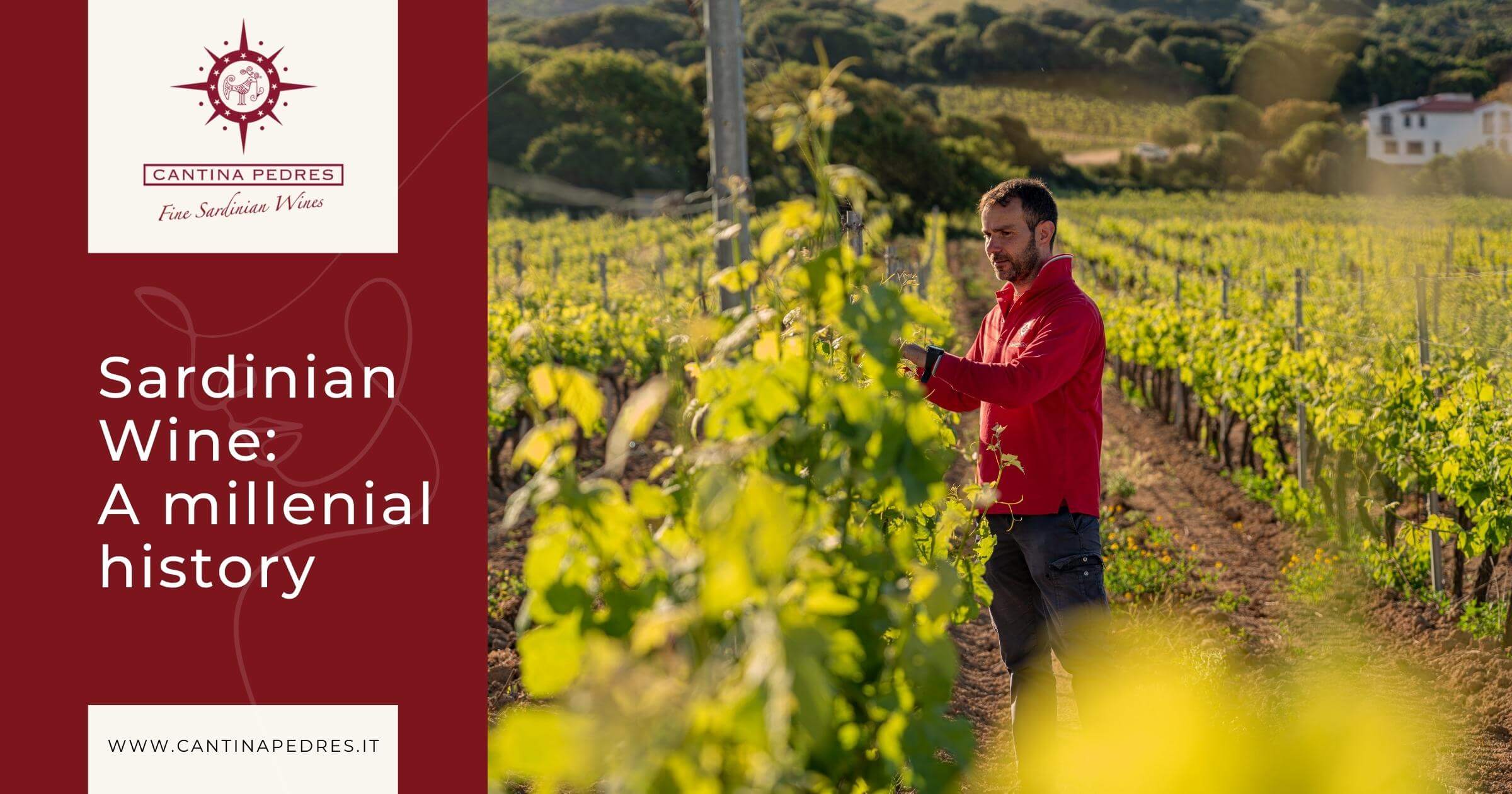Vermentino Superiore di Gallura: Cantina Pedres’ new and exclusive Antonella Collection

New year, new you say some. Then there are those who, like us at Cantina Pedres, prefer the motto “New Year, new wine.” We are launching a new line to start 2022 off with a bang to celebrate the Gallura, our land, and the esteemed reputation our wines have earned across the world for their strong identity.
This is much more than a simple novelty; it is a gift that Claudio Salvador, an enologist with international experience, has dedicated to his wife, Antonella Mancini.
This line is a truly extraordinary gift to celebrate an important anniversary, and our winery has decided to share it with all wine lovers.
With the new Antonella Collection line, we want to celebrate these twenty years of commitment and hard work that have allowed us to grow to what we are today.
This is a very refined line, emphasizing the exclusivity of the production, which is why it will be available as a limited edition.
Cantina Pedres’ story…
Like all great enterprises, Cantina Pedres has a long story to tell: it was founded at the end of the nineteenth century with the Mancini family in Gallura, and today it finds its expression in the pragmatism and vision of Antonella, who draws upon the traditional pride held by Sardinian women.
Over these twenty years, there has certainly been no lack of significant challenges, but they have brought much satisfaction and improvement. What better gift is there for a wife than a wine bearing her name to celebrate this achievement.
Today, Cantina Pedres is an important winery showing strong growth in both the Italian and international markets. Behind this success are the innovations spearheaded by Antonella, especially concerning the production system and vineyards.
Our philosophy? Quality, beginning with the land, which is also why we select grapes only of Sardinian origin. These elements come together to offer our clients a fine wine of reliable origin, which is at once exclusive and accessible by all.
The new Vementino Superiore di Gallura in the Antonella Collection
“It is a wine for meditation, which reflects the elegance of a woman, the uniqueness of Sardinian land, and our sun in a glass,” As Antonella defines it, embodying the three fundamental elements: womanhood, land, and sun.
Using grapes solely from Gallurese vineyards, our Cantina offers a local, energetic, and traditional Vermentino.
Tasting the Vermentino Superiore of Cantina Pedres means experiencing Sardinia, inhaling its aromas, and tasting its authenticity.
Live the sensations of Sardinia by tasting the wines of Cantina Pedres.











